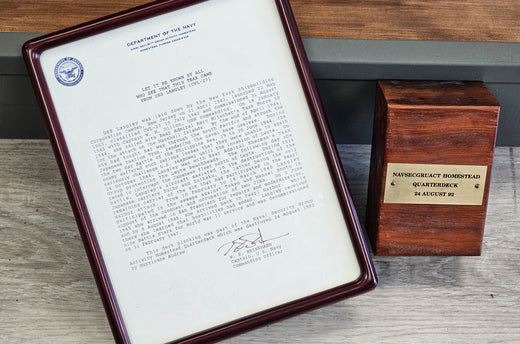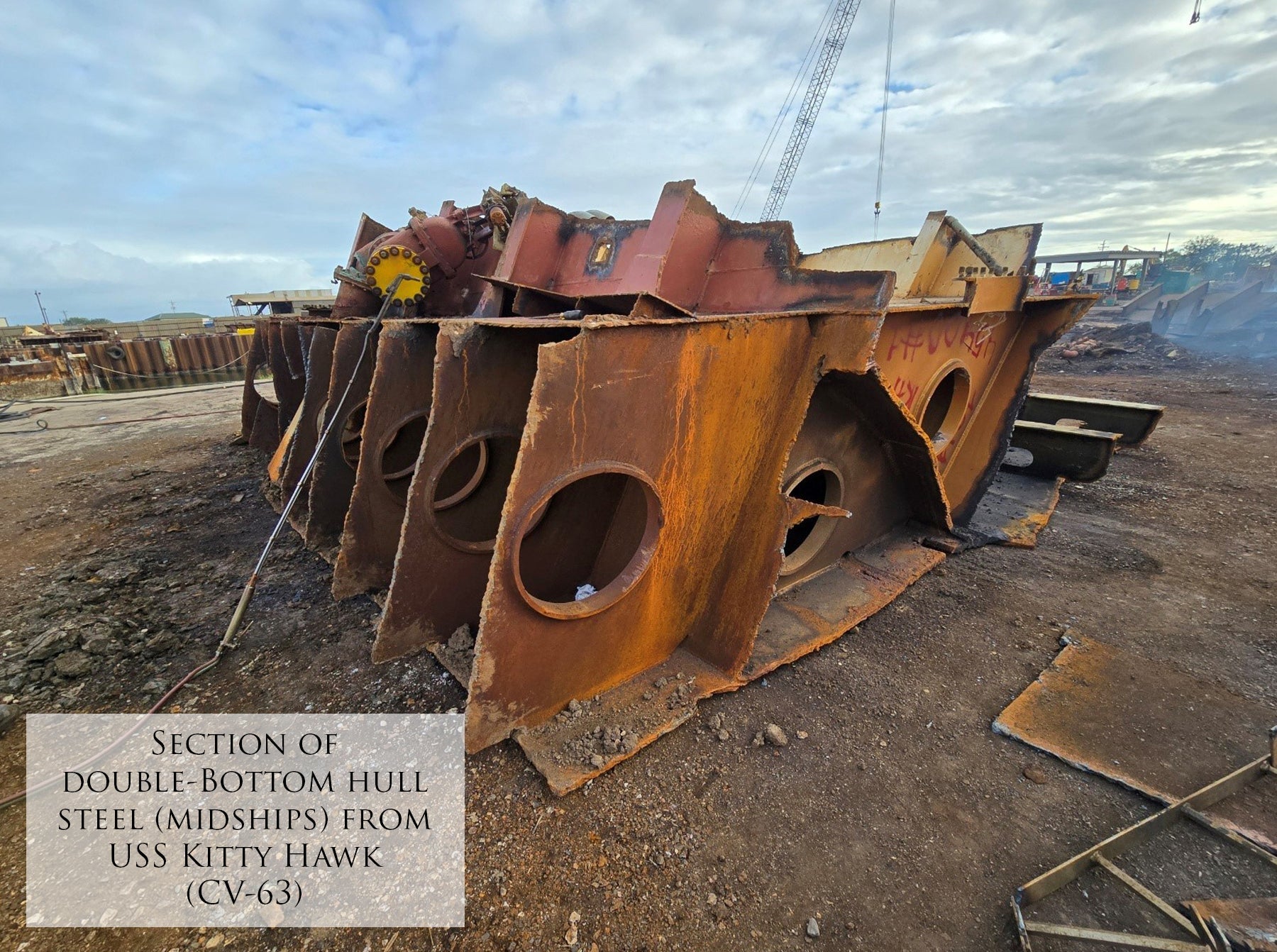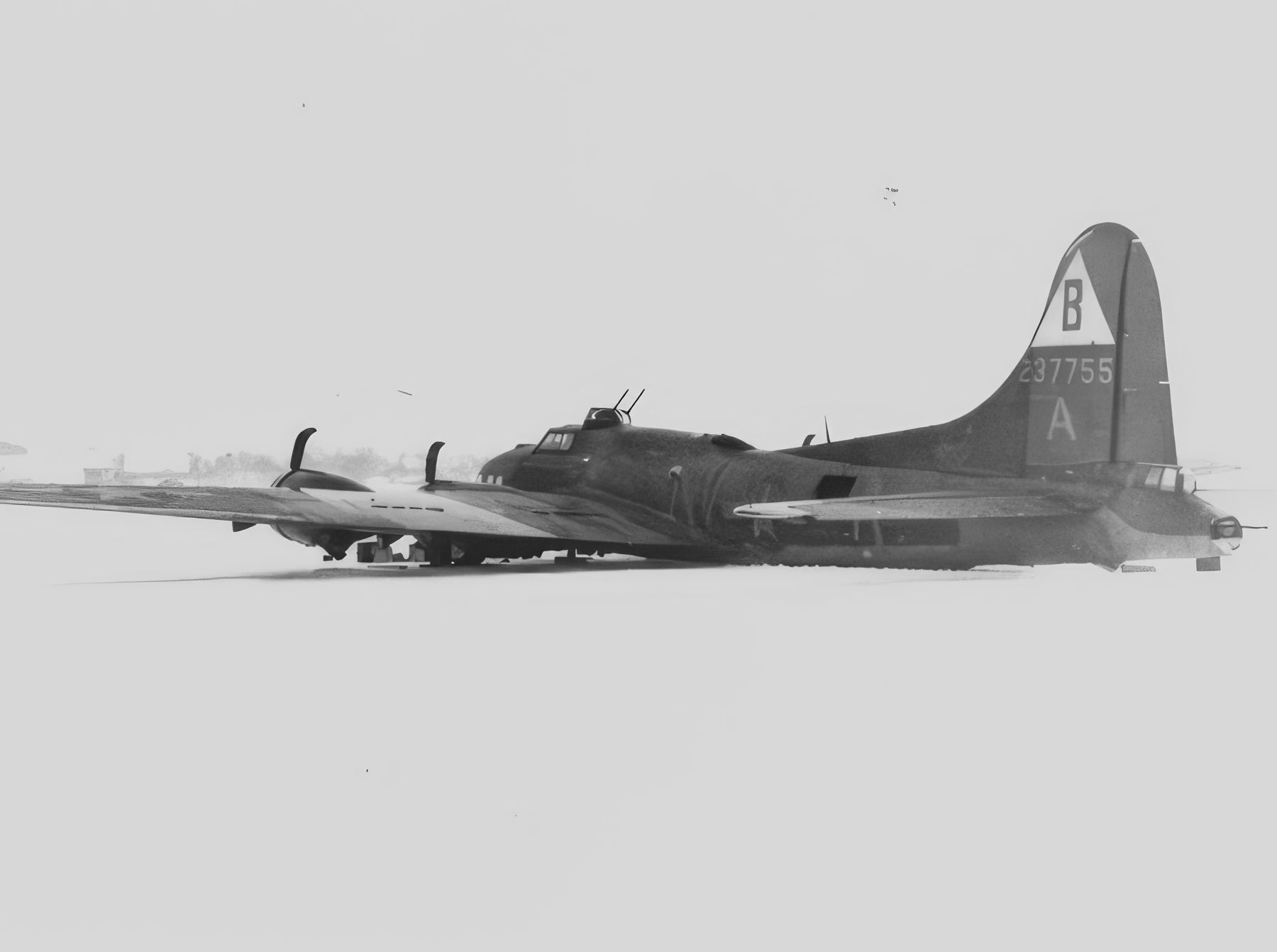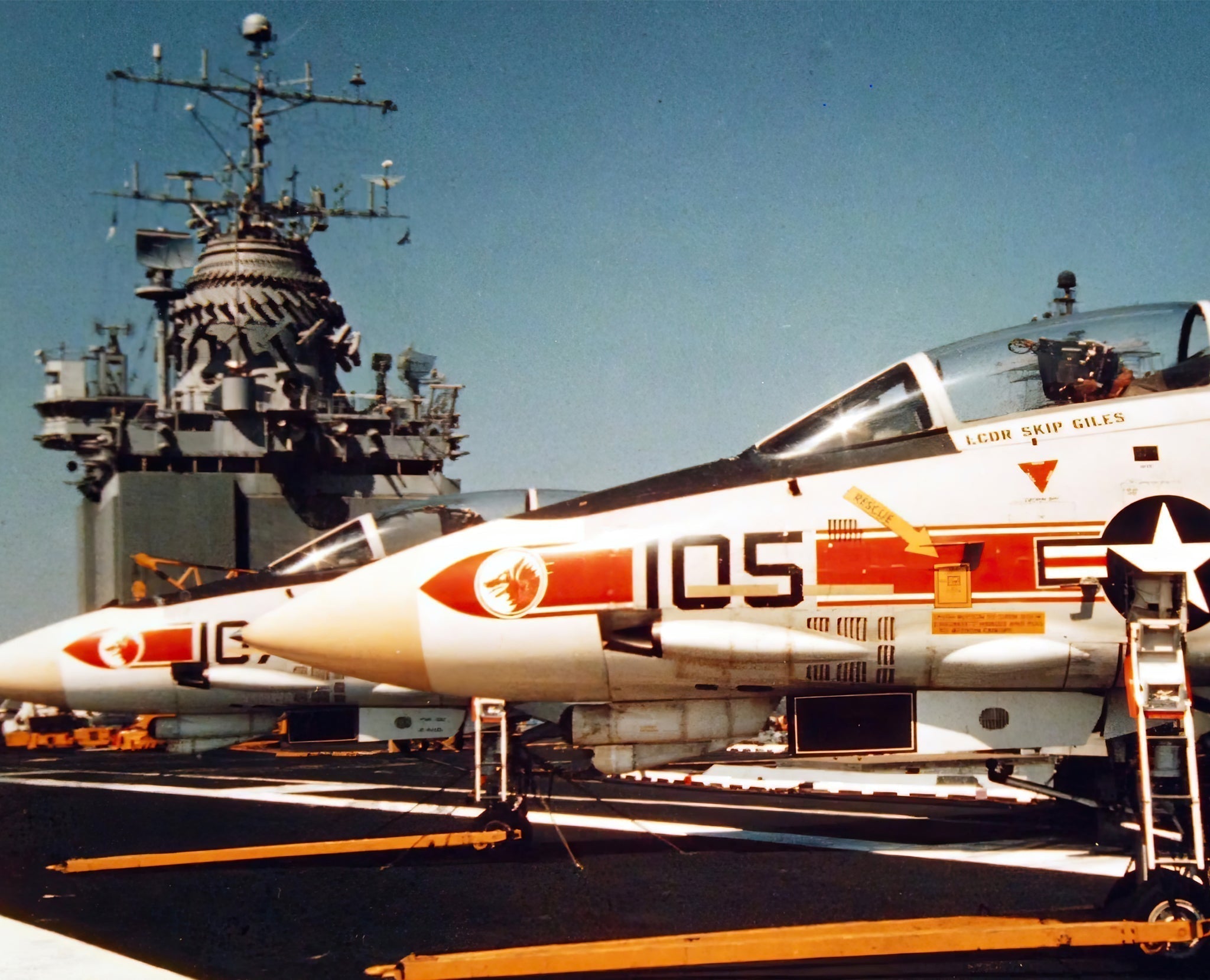Details About the RELIC:
This Fine Art Print by Artist Craig Tinder captures the early morning launch of U.S. fighters from the USS Langley (CVL-27) as they prepared for the Battle of Leyte Gulf, one of the largest and most decisive naval battles of World War II. The Langley was an escort carrier that flew Grumman F6F Hellcats and TBM Avengers, playing a pivotal role in providing air cover and supporting the Allied forces during the critical engagements.
 USS Langley wood fragment with Certification
USS Langley wood fragment with Certification
This Limited Edition Canvas Print is made even more special by including an actual fragment of teak deck from the USS Langley CVL-27. Considered one of the last remaining original relics from the ship, this fragment adds a tangible piece of history to the artwork, linking it directly to the vessel’s significant role in the Pacific Theater.
Artist, Craig Tinder, with "USS Langley CVL-27" limited edition prints
 Fragment of USS Langley CVL-27 included with each canvas
Fragment of USS Langley CVL-27 included with each canvas
The Story Behind the Print:
25 October 1944 - The USS Langley (CVL-27), an Independence-class light aircraft carrier, played a pivotal role in one of the most decisive naval engagements of World War II: the Battle of Leyte Gulf. Tasked with launching aircraft to intercept the Japanese fleet, the Langley sent F6F Hellcats from Fighter Squadron VF-44 and TBM Avengers from Torpedo Squadron VT-44 into battle. This operation was part of Task Force 38, commanded by Vice Admiral Marc A. Mitscher, which was focused on halting the Japanese Mobile Force as it attempted to defend the Philippines and counter the Allied landings at Leyte.
The Langley's aircraft were instrumental in the destruction of two key Japanese aircraft carriers, Zuikaku and Zuihō. Zuikaku held special significance, as it was the last surviving carrier that had participated in the attack on Pearl Harbor in 1941. The sinking of Zuikaku marked the symbolic end of Japan’s carrier-based strike force, which had been a central element of Japanese naval power throughout the Pacific War. Alongside other U.S. carriers in Task Force 38, the Langley's contribution to the battle severely diminished Japan’s naval air power, with four Japanese carriers being sunk during the battle, along with numerous other ships.
The destruction of these carriers was not just a tactical victory but a strategic one. By crippling Japan’s ability to field effective air cover and launch counterattacks, the Battle of Leyte Gulf opened the path for the U.S. and Allied forces to complete their invasion of the Philippines. This marked a major turning point in the Pacific War, leading to Japan's steady retreat from its occupied territories and solidifying Allied dominance in the region.
The Battle of Leyte Gulf is often remembered as the largest naval battle in history, involving hundreds of ships and aircraft on both sides. For the USS Langley, this engagement underscored its vital role in carrier operations, and the air strikes launched from its deck contributed directly to the decisive blow that hastened the downfall of Japan's naval forces.
To purchase or see similar items, visit here.
Commissioned by Museums, Treasured by Collectors






Share:
PBY-5 vs. PBY-5A: Evolution of the Catalina Amphibious Aircraft
Curtiss P-40 Warhawk: A Legacy of Power and Resilience in World War II